Premium Only Content
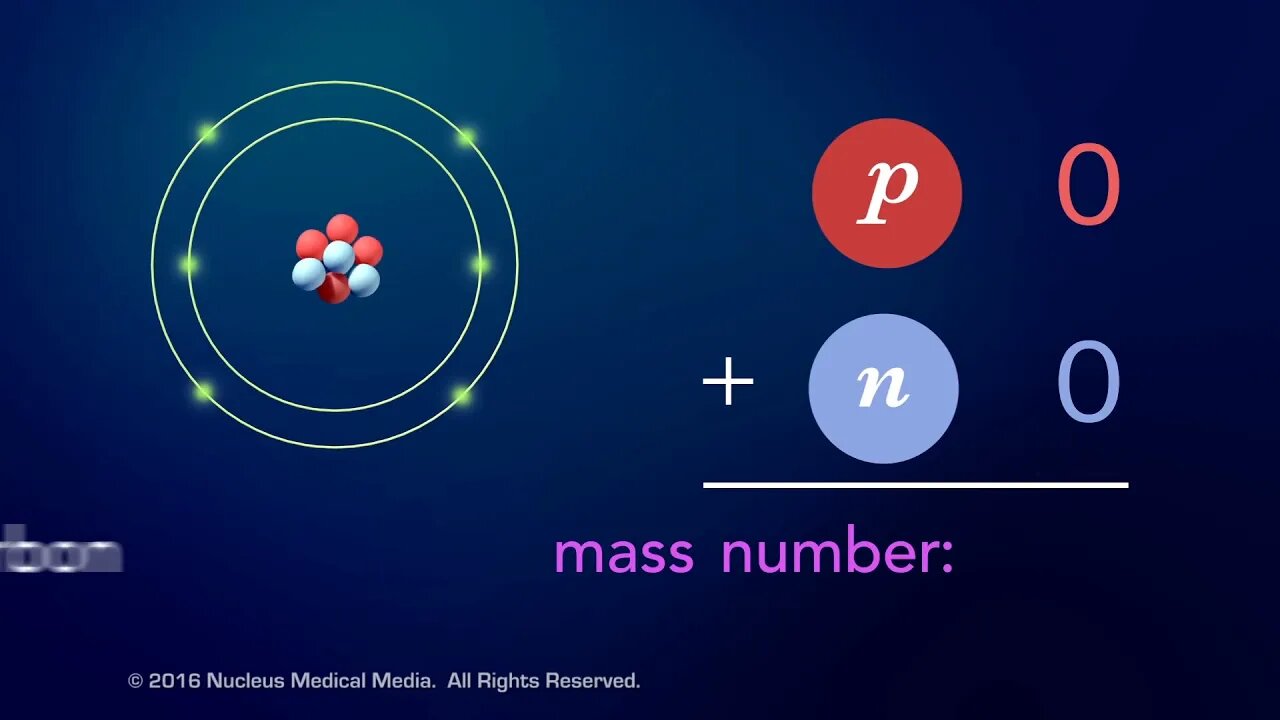
Elements
For Employees of hospitals, schools, universities and libraries: download up to 8 FREE medical animations from Nucleus by signing up for a free trial at: http://nmal.nucleusmedicalmedia.com/biology_youtube
#elements #AtomicNumber #Chemistry
SCIENCE ANIMATION TRANSCRIPT: What is an element? Elements are pure substances that are made up of only one type of atom such as hydrogen, carbon, or mercury. So, what makes one element different from another? Well, it's the number of protons in a single atom of an element. This is called the element's atomic number. For example, hydrogen has one proton in its nucleus, so its atomic number is one. Carbon has six protons, so its atomic number is six. And mercury's atomic number is 80 because it has 80 protons in its nucleus. Since the nucleus contains almost the entire mass of an atom, the number of particles it contains has a big effect on the atom's mass. Each positively charged proton has a mass unit of one, and each neutral neutron also has a mass unit of one. The total number of protons and neutrons in the nucleus of an atom is called the mass number. In this example, the mass number of a hydrogen atom is one. Hydrogen is the only element that usually doesn't have any neutrons. The mass number of this carbon atom with six protons and six neutrons is 12. And the mass number of this mercury atom with 80 protons and 121 neutrons is 201. Needless to say, mercury is a match heavier element than hydrogen or carbon. Even though every atom of the same element always has the same number of protons, sometimes an element has atoms with different numbers of neutrons. Ordinary hydrogen has no neutrons, but there's a version of hydrogen with one neutron and another version with two neutrons. Atoms of the same element with different numbers of neutrons are called isotopes. The three isotopes you see here are all still hydrogen because they all have only one proton. Since neutrons have about the same mass as protons, isotopes of the same element have different mass numbers. In fact, an element's isotopes are often identified by their mass numbers. To sum up, an element is a pure substance made of atoms that always have the same number of protons. This means atoms with different numbers of protons are different elements. The number of protons in one atom of an element is called the atomic number. The number of protons plus neutrons in one atom is called the mass number. Isotopes are atoms of the same element with different numbers of neutrons. [music]
NSV16021
-
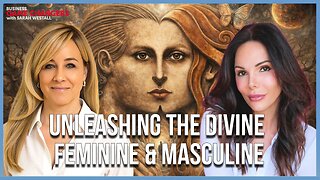 LIVE
LIVE
Sarah Westall
21 hours agoHumanity Unchained: The Awakening of the Divine Feminine & Masculine w/ Dr. Brianna Ladapo
59 watching -
 1:42:41
1:42:41
Glenn Greenwald
5 hours agoReaction to Trump's Primetime Speech; Coldplay "Adultery" Couple Reappears for More Shame; Australia and the UK Obey Israel's Censorship Demands | SYSTEM UPDATE #560
80.9K24 -
 2:46:41
2:46:41
Barry Cunningham
3 hours agoBREAKING NEWS: President Trump Signs The National Defense Authorization Act | More News!
8.5K5 -
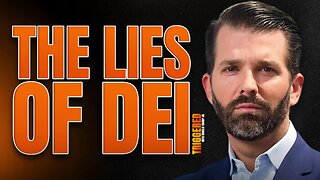 43:10
43:10
Donald Trump Jr.
4 hours agoThe Days of Destructive DEI are Over, Plus Full News Coverage! | TRIGGERED Ep.301
78.8K54 -
 52:07
52:07
BonginoReport
4 hours agoThe Internet Picks Bongino’s FBI Replacement - Nightly Scroll w/ Hayley Caronia (Ep.200)
63.6K41 -
 55:30
55:30
Russell Brand
5 hours agoStay Free LIVE from AmFest — Turning Point USA - SF665
104K12 -
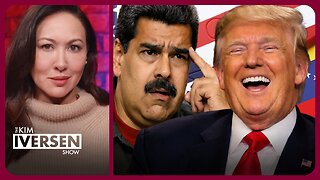 1:11:26
1:11:26
Kim Iversen
6 hours agoTrump Pulls War Fake-Out…Attack on Venezuela Still Coming!?
65.5K88 -
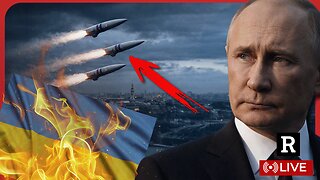 2:04:53
2:04:53
Redacted News
5 hours agoPutin just changed EVERYTHING with this move and NATO can't do anything | Redacted w Clayton Morris
155K120 -
 25:22
25:22
DeVory Darkins
5 hours agoTrump scores MAJOR WIN after Inflation Report as his speech sparks EPIC MELTDOWN
46K50 -
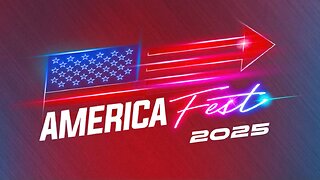 1:01:23
1:01:23
Nick Freitas
6 hours agoLIVE at America Fest!
62.9K3